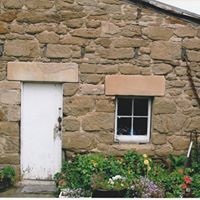What is a 'Hills Hoist'?
A Hills Hoist is a height-adjustable rotary clothes line, designed to permit the compact hanging of wet clothes so that their maximum area can be exposed for wind drying by rotation.
The Hills Hoist has been manufactured in Adelaide, South Australia by Lance Hill since 1945. The Hills Hoist and similar rotary clothes hoists remain a common fixture in many backyards in Australia and New Zealand. They are considered one of Australia's most recognisable icons, and are used frequently by artists as a metaphor for Australian suburbia in the 1950s and 1960s. Although originally a product name, the term "Hills Hoist" became synonymous with rotary clothes hoists in general, throughout Australia.
As early as 1895 Colin Stewart and Allan Harley of Sun Foundry in Adelaide applied for a patent for an 'Improved Rotary and Tilting Clothes Drying Rack'. In their design the upper clothes line frame tilted to allow access to the hanging lines. Gilbert Toyne of Geelong patented four rotary clothes hoists designs between 1911 and 1946. Toyne's first patented clothes hoist was sold through the Aeroplane Clothes Hoist Company established in 1911. It was Toyne's 1925 all-metal model (Australian Patent No. 24553/25) with its enclosed crown wheel-and-pinion winding mechanism that defined clothes hoist designs for decades to follow.
More Info:
en.wikipedia.org












